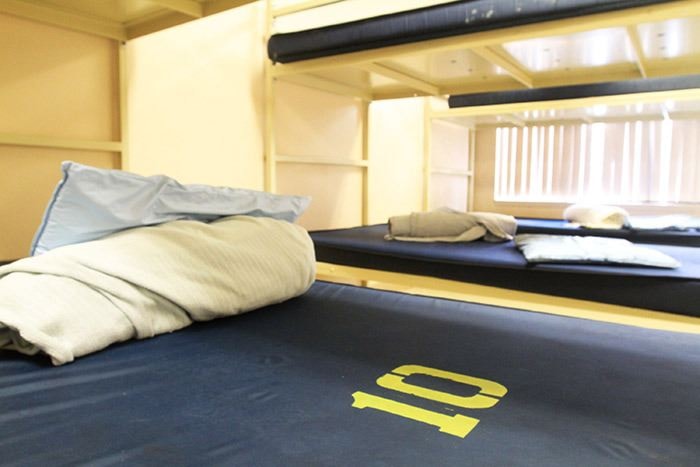While the city’s temporary homeless shelter is helping the street-entrenched homeless, the caring goes on at the Salvation Army.
“We’re continuing on,” said Patricia Cuff, spokesman for the Salvation Army in B.C.
“We’re continuing to serve.”
In August, Maple Ridge council asked B.C. Housing to stop funding the 25-bed emergency shelter at the Salvation Army’s Caring Place, a cost of $1 million annually.
Mayor Nicole Read said then that the community had “lost faith” in the Salvation Army.
Since then, the city opened a 40-bed temporary shelter on Oct. 1, allowing the dispersal of the Cliff Avenue homeless camp.
“We haven’t said much in the news, but we continue to do the services that are needed and that’s what we’re focusing on,” Cuff said.
“We’re not responding to the negative statements that were made.”
People are liking that approach, she added, although whether that will translate into adequate donations this Christmas remains to be seen.
The homeless camp on Cliff Avenue had grown up during the spring and was just metres from the Caring Place, where people could get daily meals, showers and laundry service.
“When you’re working on the front lines, you’re open to criticism. We can be blame-shifted for the homeless situation in Maple Ridge, but our reality is we’re just serving a need that’s there,” Cuff said.
Since the temporary city shelter, operated by Rain City Housing, opened on Lougheed Highway, just across from the Salvation Army, the number of meals served at the latter has dropped 20 per cent.
The temporary city shelter offers hot meals in house, twice a day.
“That’s been the only place where we’ve seen a drop,” said Amelia Norrie, of the Caring Place.
But use of the Salvation Army’s 25-bed emergency shelter and the 15-bed transitional shelter is at or near capacity, said Cuff.
“What that tells me is there is a need for a number of different shelters in Maple Ridge. It may not be either-or, it may be both,” she added.
“That’s 40 beds in our community. That’s 40 people every day that are being kept off the streets.”
Cuff said since Maple Ridge council made the request to cut the Sally Ann’s funding, there’s been no response from B.C. Housing.
The contract to operate 25-bed shelter ends in March 2017, but Cuff views that process more as a renewal rather than expiry.
B.C. Housing, in August, said the Salvation Army is meeting all requirements in operating the shelter.
Caring Place executive-director Darrell Pilgrim said previously that a loss of funding would not necessarily mean the end of his organization in the city. The funding for the shelter pays for 70 per cent of the Caring Place’s $1.2-million annual budget in Maple Ridge.
“Our hope and desire is to be able to provide most if not all of the other programs,” he said. “We would need the community to step up even more.”
The Caring Place has said it previously that it would consider relocating if another spot could be found near the downtown, where most low-income families and seniors live.
“If we could build a service-specific building that’s still close to the downtown core, that would be amazing,” Norrie said.
